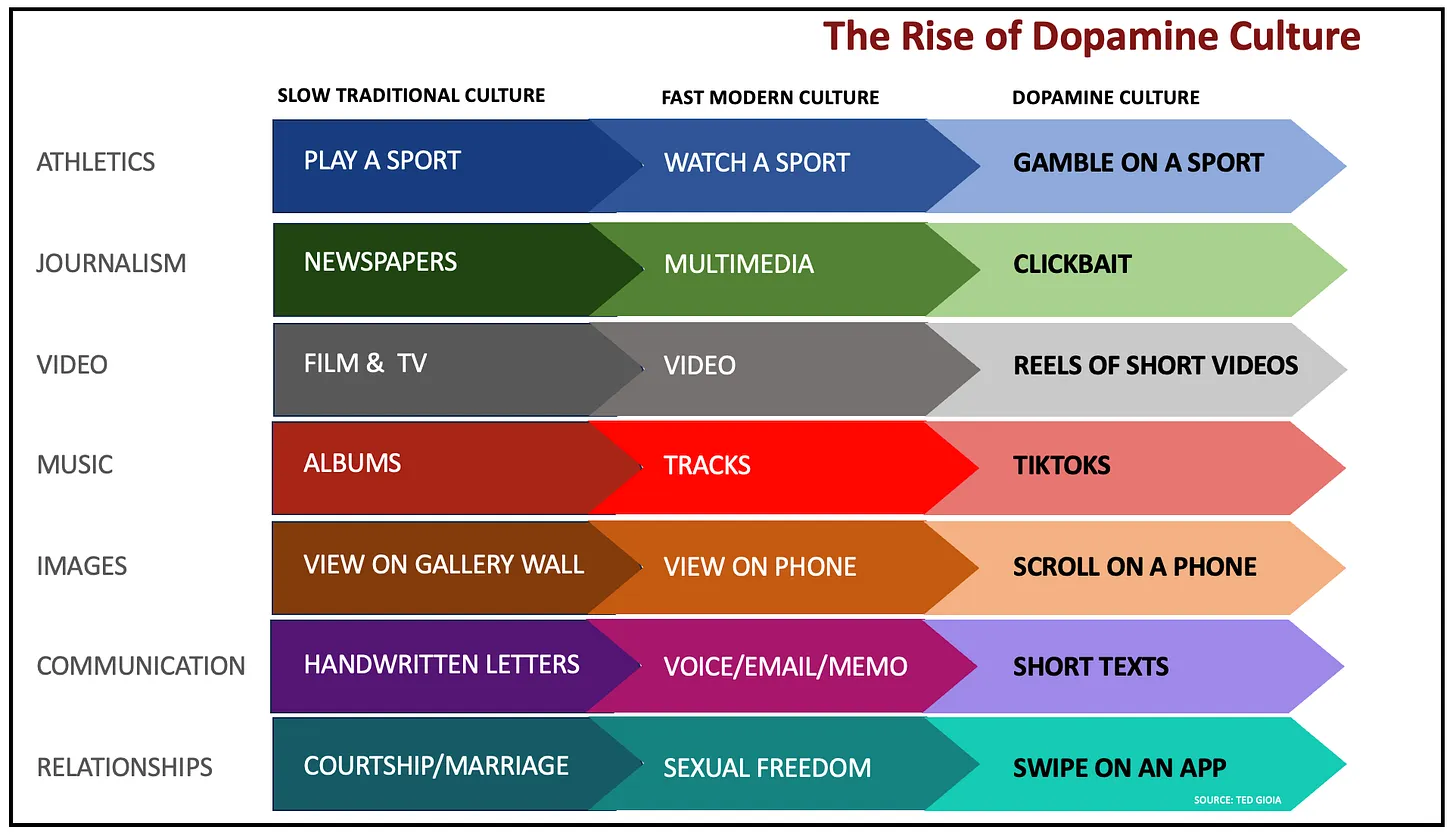Voici un résumé des points clés concernant l'attention, basés sur les sources fournies, qui pourraient être utiles pour un briefing :
Compréhension de l'attention
* L'attention est un processus de sélection des perceptions, où certaines prennent le devant de la scène. Le cerveau est constamment attentif à quelque chose, même si ce n'est pas ce à quoi on voudrait qu'il soit attentif. Par conséquent, il est important de préciser à quoi l'attention doit se porter.
* Il est essentiel de définir la cible de l'attention pour les élèves, car souvent, l'attention n'est pas portée sur ce qui est attendu. La cible peut être dynamique et changer durant une activité.
* Les cibles d'attention peuvent être très concrètes ou plus complexes, demandant une expertise croissante. Par exemple, dans un exercice de calcul de périmètre, la cible est visuelle (les petits côtés), alors que dans l'analyse de texte, la cible peut être des éléments de contexte historique.
* Il existe des inégalités entre les élèves quant à leur capacité à choisir des cibles efficaces et à maintenir leur attention. Certains enfants sont capables d'identifier rapidement des erreurs, tandis que d'autres doivent se concentrer sur des éléments plus basiques.
Mythes sur l'attention
* Contrairement à une idée répandue, se concentrer n'est pas nécessairement fatigant. La fatigue ressentie lors d'une tâche peut provenir des processus cognitifs sollicités, comme la mémorisation ou la manipulation, et non de la concentration elle-même.
* La concentration ne doit pas être synonyme de crispation.
* L'état de "flow", où l'on est pleinement connecté à ce que l'on fait, est un état de concentration agréable et non fatigant. Cet état se caractérise par la disparition du calcul du coût de renonciation, c'est-à-dire l'oubli de ce qu'on pourrait faire à la place.
Crise de l'attention et écrans
* La multiplication des sources d'information et de sollicitations entraîne une dispersion de l'attention. Le cerveau tend à consacrer moins de temps à chaque chose pour ne rien rater de potentiellement important.
* Le zapping et le manque de concentration nuisent à l'expertise, car l'acquisition d'une compétence requiert du temps. Les contenus qui attirent rapidement l'attention et procurent une gratification immédiate créent une situation d'inconfort face aux apprentissages qui demandent plus de temps.
* Les écrans, en tant qu'outils, donnent accès à un monde virtuel et peuvent devenir comme un organe sensoriel. Il est donc essentiel de les utiliser de manière réfléchie et intentionnelle en se posant les questions "Pourquoi faire ?" et "Pour combien de temps ?".
Éducation à l'attention
* L'éducation à l'attention est un processus métacognitif, qui consiste à prendre conscience de ses propres processus mentaux. Il s'agit de développer un vocabulaire commun pour parler de ces processus.
* Cela implique de s'interroger sur ses propres mécanismes d'attention, par exemple, comment on mémorise un numéro de téléphone ou comment on est distrait dans un supermarché.
* Il est important d'expérimenter par soi-même pour ressentir le plaisir de se concentrer de la bonne façon.
* L'école joue un rôle important dans l'éducation à l'attention, en limitant les distractions et en imposant des tâches, ce qui simplifie le choix pour l'élève. L'attention conjointe, c'est-à-dire le fait d'être attentif à la même chose que les autres, stabilise également l'attention. Le système de récompense et de punition, même s'il n'est pas idéal, aide à orienter l'attention vers les apprentissages.
Programme Atole
* Le programme Atole est une approche globale, un enseignement qui vise à développer la capacité à se concentrer. Il comprend des séquences d'activités menées en classe par l'enseignant et l'élève.
* Le programme aborde plusieurs points : la cible, la différence entre attention et concentration, la stabilité attentionnelle et l'intention claire. L'objectif est de développer le sens de l'équilibre attentionnel.
* Le programme Atole a des effets positifs, notamment une amélioration de la réactivité aux appels à l'attention et des capacités métacognitives des élèves. Il a aussi un impact sur les postures pédagogiques des enseignants, qui évitent les doubles tâches.
* Il est déployé de l'école élémentaire au collège et vise à réduire les inégalités scolaires en donnant à tous les élèves les outils pour développer leur attention. Le programme est en cours d'adaptation pour la maternelle.
Ce résumé peut servir de base pour un briefing, en mettant l'accent sur la nécessité d'une éducation à l'attention pour faire face aux défis de notre société actuelle.
